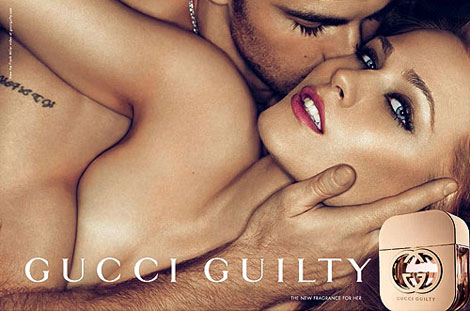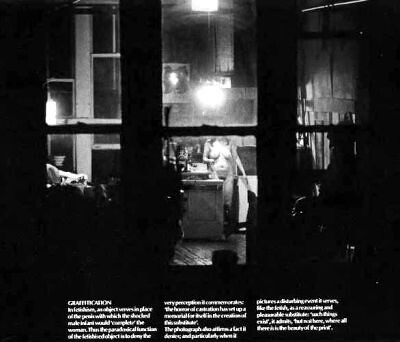George L. Dillon offers many different situations where image and text work together, whether the image is supporting the text or the text is supporting what the image is attempting to articulate. Dillon goes on to say that “when an image is used in a textbook or a treatise, assume it is there to illustrate and support the meanings and information provided by the text. When an image occurs in an advertisement, assume it is there to help sell a product.”
http://faculty.washington.edu/dillon/rh ... gsave.htmlDillon states that advertisements use relations of explications, which is the text, along with an illustration, which is the image. I think this is an interesting concept because often times in textbooks, it is page after page of hard information and statistics or anecdotes. This can become monotonous and hard to understand. However, when the text is split up by different images used, it allows the reader to react, interpret or respond to what the text is correlating with the image. Images or illustrations often produce emotional reactions within the viewer and that may be what is necessary for the viewer to digest the information being transferred within the text.
Dillon’s next point, which stated that images occur in advertisements to help sell products, is also accurate because in order to convey a positive reaction out of an audience (which would be to buy and/or support the product being streamlined), the audience wants to see how the product will better their lives.

For example, in the Gucci perfume ad for “Her,” the corporation is presenting an advertisement for female’s for a perfume titled Guilty. The ad depicts an attractive female entangled with an equally attractive male who is consumed by her aroma and is kissing her cheek. The ad uses this image to attract female’s to buy and wear their perfume because if they do, they will be as beautiful, alluring, and wanted as the woman pictured in the advertisement is. This ad is powered by this erotic and inviting image, but the text is supporting the image because the title of the perfume is Gucci Guilty—the title of the perfume makes the image make sense and the ad as whole come together.
Dillon poses three questions in his text:
1. how language-like are images?
2.how do images and words work when they are both present?
3.how do scenes of people gazing and posing convey visual meaning?
http://faculty.washington.edu/dillon/rh ... gsave.html
I think the advertisement example i offered gives a strong example of how text and image can work together to infer a message in a strong manner. If the image was alone, it could be interpreted in many other ways, mostly of an erotic nature. Likewise, if the text was to stand alone and just say "Gucci Guilty," the audience would not have any information as to what the perfume offers to them. When both the text and the image are sen together, the audience is able to infer that one, Gucci is promoting a perfume for women that alludes to an alluring and sexual encounter when a user of the perfume is wearing it, and two, that this is an advertisement for a perfume and not just an erotic photograph.





